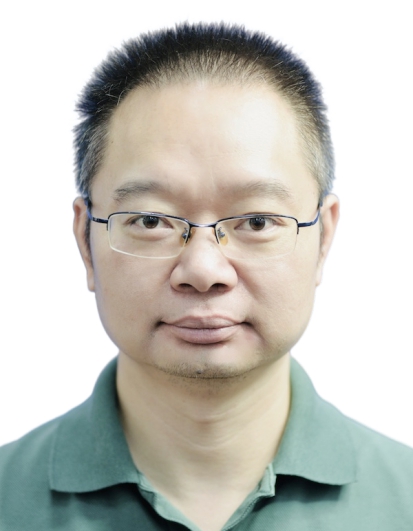Aug 2023

Spin waves, as collective quasiparticle excitations of magnetic order, can propagate with minimal dissipation in both conducting and insulating materials. Magnetic materials with non-trivial magnetic textures offer a unified platform for information storage and processing. Our research demonstrates that in the presence of the Dzyaloshinskii-Moriya interaction, an antiferromagnetic domain wall can function as either a spin wave polarizer or a spin wave retarder. Moreover, the motion of domain walls driven by spin waves in antiferromagnets highly depends on the linear polarization of the injected spin waves. By leveraging the interplay between spin waves and magnetic textures, we have devised a universal spin wave logic gate capable of performing all unary and binary logic operations within a single hardware structure.
In addition to manipulating spin waves, magnetic textures have broad applications in fields such as energy storage and neuromorphic computing. To illustrate this, we present an example of solid-state energy storage achieved through the utilization of topological magnetic textures. Furthermore, we outline an example of constructing a Hopfield neural network based on magnetic textures with stripe domains.
Professor Jiang Xiao obtained his B.S. in Physics from Peking University in 2001, followed by a Ph.D. from the Georgia Institute of Technology in 2006. Subsequently, he conducted postdoctoral research at the Kavli Institute of NanoScience at Delft University of Technology in The Netherlands. In 2009, he joined Fudan University.
Prof. Xiao's research focuses on theoretical condensed matter physics, with particular emphasis on spintronics. His areas of expertise include spin transport in magnetic nanostructures, magnetization dynamics, parametric spin pumping, and more recently, magnonics, cavity spintronics, and spin-based neuromorphic computing.